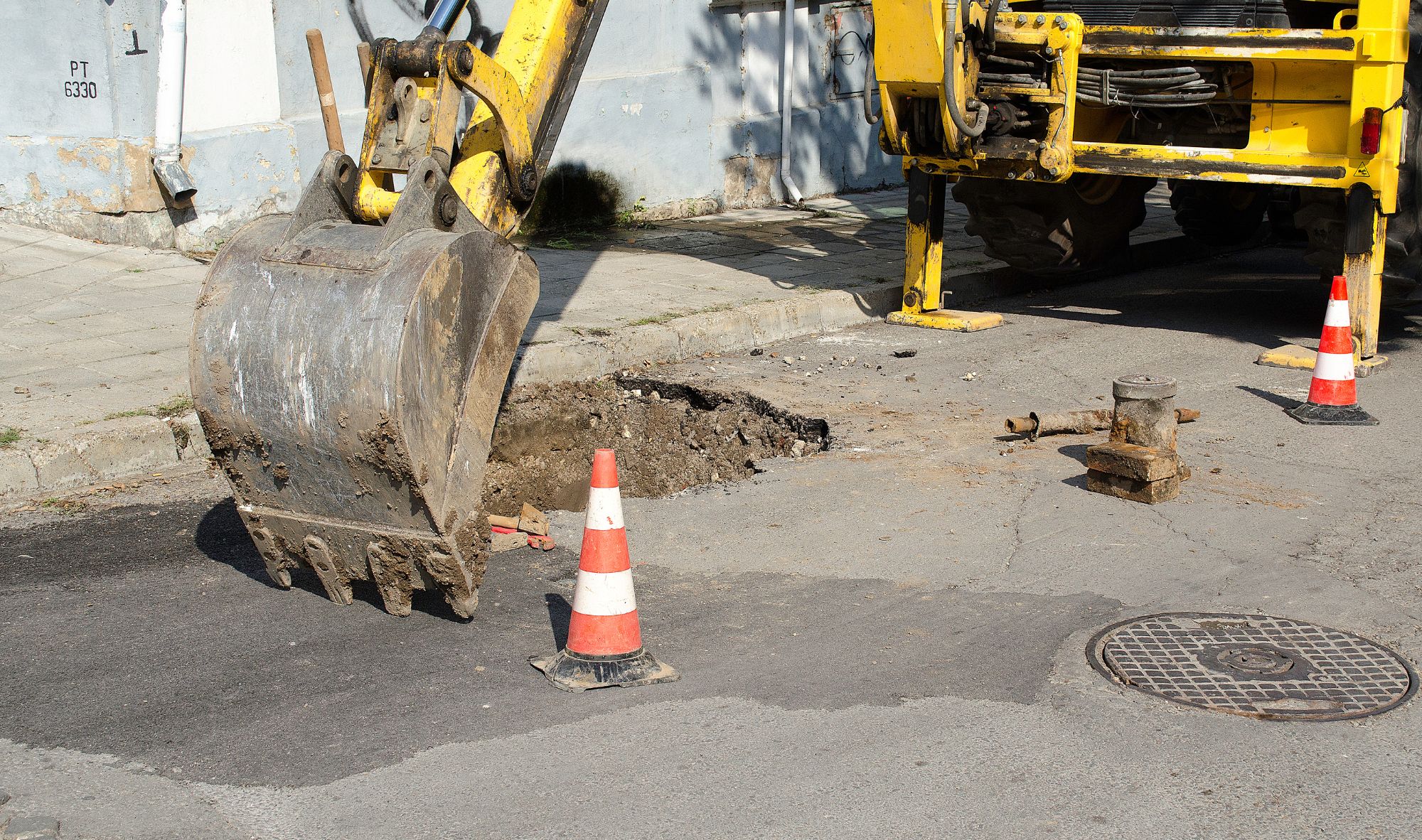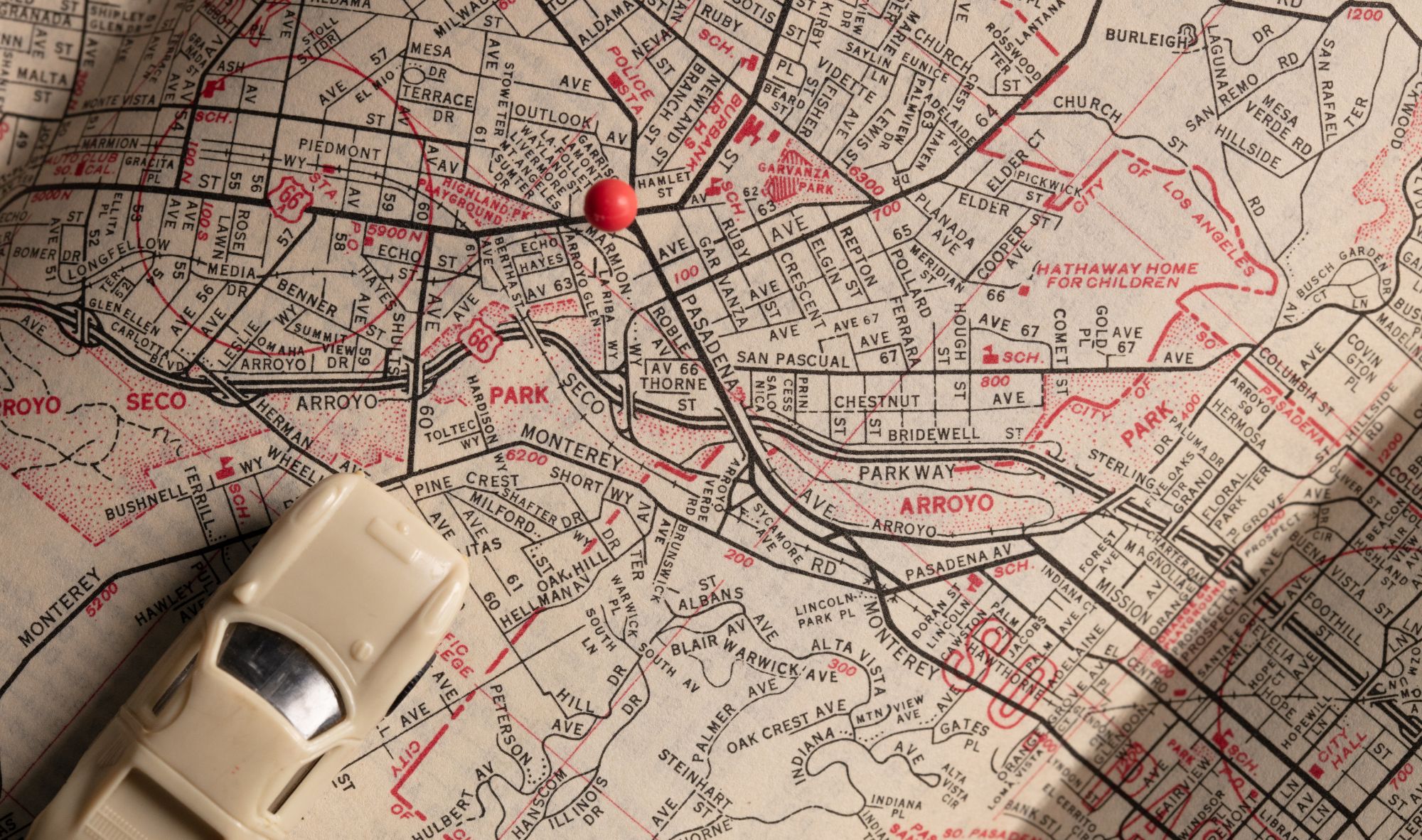Have you ever wondered how to reach a goal with no clear idea of how to get there? Some people are so dedicated, letting nothing deter them from accomplishing their goals. It would be foolish to think such people achieve success through sheer luck. In Charles Duhigg’s book, “The Power of Habit,” the author shares how creating habits can provide practical strategies and techniques to change us as individuals and help us in our careers.
Steps To Creating Habits
- 1. Recognize Cues and Signals
- 2. Develop Keystone Habits
- 3. Foster a Positive Environment
Cues and Habits
In order to create a new habit, we must first put together a cue or signal that moves us toward creating a habit. From there, a routine can be developed, and a reward achieved. The author provides an example of a Cinnabon located in a mall, purposely setting up their store away from all other food stalls so shoppers would smell the cinnamon rolls specifically and develop a craving. This would be the cue that develops in our brains, telling us that if we bite into one of those sweet rolls, we won’t be disappointed! Once we get ahold of that sweet treat, we begin our routine. The reward is the satisfied feeling and dopamine rush we feel after consuming all of the sugary goodness. This is the type of “habit loop” we create that can affect us negatively. What if we were able to take this habit loop and make it something positive?
Keystone Habits
We should keep in mind that habits are formed so gradually that most of the time, we don’t even realize they exist. To form a good habit, we need to identify cues and rewards and change our routines. Charles Duhigg elaborates on “keystone habits” in his book. These keystone habits are effective because we can make small changes that gradually lead us to many “small wins.” Small wins fuel transformative changes by leveraging tiny advantages into patterns. These patterns convince people that more considerable achievements are within reach. For example, after the initial consumption of a delicious Cinnabon (or three), feelings of regret may follow. Oftentimes, these feelings prompt us to take action, such as going to the gym. Before we know it, a few pounds disappear off the scale, and we’re celebrating our “small win.” This leads us to believe that if we don’t give in to our sugary cravings the next time we walk past the Cinnabon stall but instead train ourselves to hit the gym or reach for a healthier snack when the cue is initiated, we’d feel an even bigger sense of achievement!
Positive Environment
In order to succeed, we need keystone habits that create a positive environment around us – such as having employees or coworkers who share the same passion for work or friends who encourage us to get to the gym – to help us overcome obstacles we face daily. These habits help to create a positive culture in any environment we’re in and help to make our values clear. Sometimes we all need a little motivation to build good habits – whether at work, with our families, or for personal reasons. We must keep in mind that although we don’t always have the ability to control habits, we are conscious of them, and it’s up to us to build organization in our lives and cultivate our own good habits.
You’ve always wanted to curb that coffee addiction, stop eating the break room cake, go to the gym (maybe…), and wake up at 5am ready for the day. Now that you know about the Power of Habit and can identify cues, create keystone habits, and build a positive environment, it’s time to take action. Build your positive habits today, and you can start living your ideal life tomorrow.




